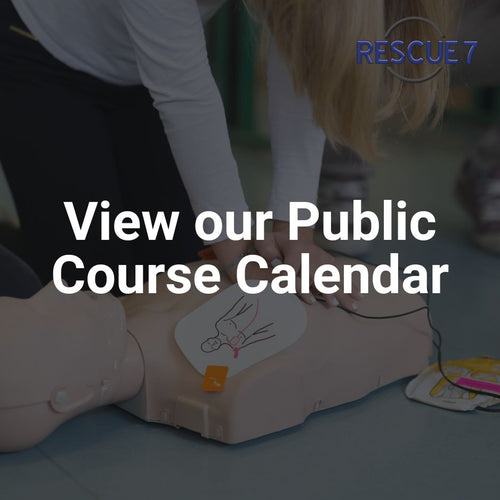In emergencies, every second counts, especially when someone's life is at stake. Cardiopulmonary resuscitation (CPR) is a critical skill that can be the difference between life and death in cases of sudden cardiac arrest.
But what if you haven't been formally trained? Can you still perform CPR?
Let's explore this important topic, keeping in mind that while formal training is ideal, the immediate actions of a bystander can be crucial during a cardiac emergency.
Understanding CPR and Its Importance
CPR is a life-saving technique used to help maintain vital blood flow to the heart and brain until more advanced care can restore a normal heart rhythm.
When a person suffers a cardiac arrest, their heart stops beating effectively, and without intervention, death can occur within minutes.
CPR involves chest compressions (and, if trained, mouth-to-mouth ventilation) which can help keep the victim's blood circulating.
The Risks of Not Acting
The gravest risk in a cardiac emergency is doing nothing. Data from health organizations worldwide consistently show that immediate CPR can double, or even triple, a victim's chance of survival.
However, a common hesitancy to perform CPR is the lack of formal training. Many bystanders worry about causing harm. Here's the truth: the benefits of attempting CPR far outweigh the risks of inaction.
Can Untrained Individuals Perform CPR?
Yes, untrained individuals can and should perform CPR if they are the only option available. Rescue7, a leading safety training organization, emphasizes that while training enhances effectiveness and confidence, the steps of CPR can be performed by anyone willing to help. Here’s a simple guideline:
Call for Help: Dial emergency services immediately or ask someone else to make the call while you focus on the victim.
Perform Chest Compressions: Place the heel of one hand on the center of the person’s chest, in line with the armpit, then place your other hand on top of the first. Keep your elbows straight and shoulders directly above your hands. Use your upper body weight to compress the chest at least 2 inches deep at a rate of 100 to 120 compressions per minute (like the beat of the song "Stayin' Alive" by the Bee Gees).
The Role of Automated External Defibrillators (AEDs)
In many public places, automated external defibrillators (AEDs) are available and can be used by the public.
AEDs come with instructions, and their design allows untrained bystanders to use them safely and effectively. When combined with CPR, the use of an AED may increase the survival rate significantly.
Legal Protections: The Good Samaritan Law
Many potential rescuers hesitate to perform CPR due to fear of legal repercussions if they accidentally injure the person they're trying to help. This is where Good Samaritan laws come into play.
These laws are designed to protect individuals who offer assistance in an emergency. Typically, as long as you act voluntarily, without recklessness, and within the bounds of your knowledge, you will be shielded from liability.
In the context of CPR by untrained rescuers, Good Samaritan laws generally provide protection, recognizing the responder's good intentions and the urgent need for action.
Find out more about The Good Samaritan Law here
Why Formal Training Matters
While untrained individuals can perform CPR in an emergency, formal training is invaluable. CPR courses, such as those offered by Rescue7, not only teach the mechanics of CPR (chest compression combined with ventilation), but also builds confidence to respond effectively.
Training also teaches the use of AEDs and can provide updates on the latest techniques and recommendations from health authorities.
Find out more about our CPR Training here
Conclusion
If you find yourself in a situation where someone needs CPR and no trained individuals are around, don’t hesitate to act. Performing CPR as an untrained bystander can still save lives. Remember, the fear of doing harm should not overpower the potential to help save a life.
For those interested in becoming trained, Rescue7 offers comprehensive CPR and first aid training tailored to various needs, ensuring that more people have the confidence and skills to respond in emergencies.
In conclusion, the answer is clear: Yes, you can perform CPR even if you're not trained. But, by obtaining formal training, you enhance your ability to provide effective assistance, making you an even more valuable link in the chain of survival.




